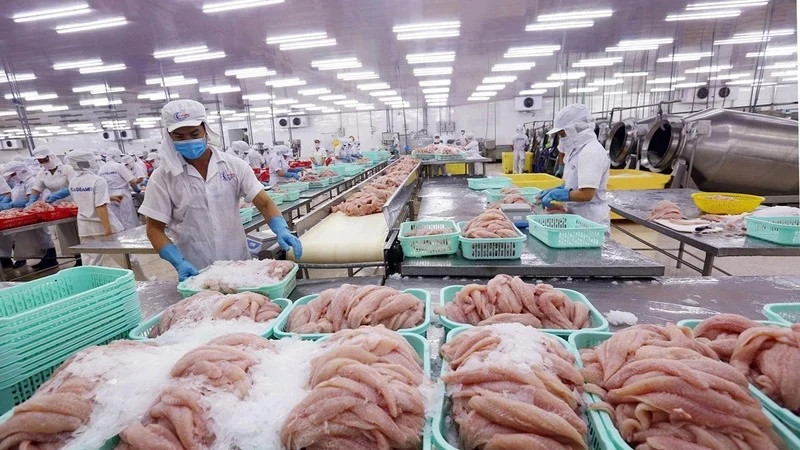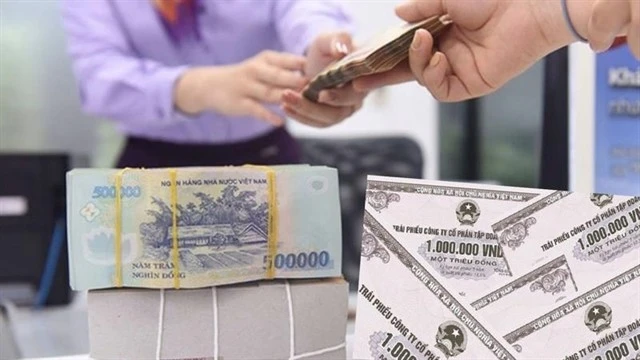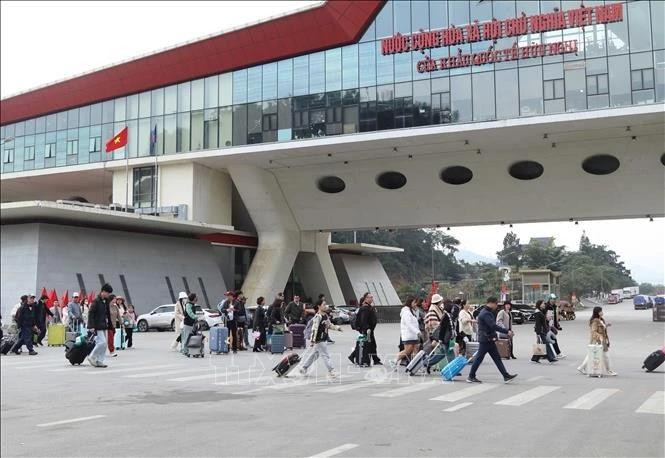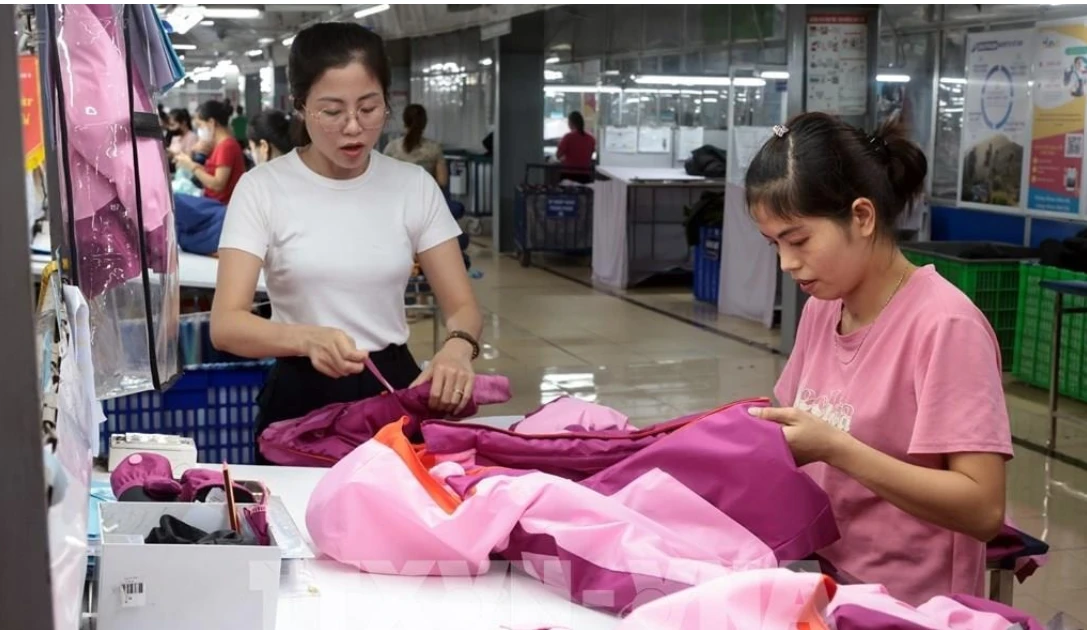Untapped potential in domestic market
Pangasius has long been a flagship seafood export, yielding hundreds of thousands of tonnes annually and featuring in meals around the globe. Raised and processed under strict international standards, it fully meets the criteria of safety, convenience, and nutrition suitable for domestic consumption.
Yet in modern retail channels such as supermarkets, pangasius remains overshadowed by imported fish like Norwegian salmon, cod, or foreign basa. When present, it is often relegated to less visible shelves, with plain packaging and limited product information. More importantly, the lack of strong domestic pangasius brands has eroded consumer trust, preventing the product from becoming a staple in everyday Vietnamese meals.
While some export companies have made attempts to re-enter the local market, these efforts have been mostly small-scale and experimental, lacking long-term investment. Meanwhile, with over 100 million people, a growing middle class, and rising demand for safe, convenient food, the domestic market remains a “goldmine” that has yet to be properly cultivated.
Comprehensive repositioning
According to experts, a fundamental shift in mindset is needed to bring pangasius closer to Vietnamese consumers. The local market should no longer be treated as secondary. Instead, strategic investment is required in brand image, consumer experience, and service quality to make pangasius a trusted choice for Vietnamese families.
This repositioning must be multi-faceted: eye-catching packaging, transparent traceability information, and product lines tailored to local tastes, such as pre-marinated fish cuts, nutrition-focused products for children and the elderly, or “healthy” options for diet-conscious consumers. At the same time, building a coherent brand ecosystem, from identity and marketing to after-sales service, is critical.
At the macro level, industry associations like VASEP must take the lead. Large-scale campaigns such as “Vietnamese eat Vietnamese fish” need to move beyond slogans and into concrete actions—pangasius weeks at supermarkets, cooking shows with celebrity chefs, or collaborations with culinary influencers to promote the fish on social media.
With the seafood export market facing growing headwinds, such as technical barriers, exchange rate volatility, tax policy changes, and geopolitical uncertainty, the domestic market is emerging as a “safety cushion” for producers to sustain operations and maintain cash flow. More than a stopgap solution, the local market can also serve as a testing ground for product innovation before scaling globally.
The day pangasius is a familiar presence in worker meals, school lunches, family dinners, and even fine-dining restaurants will mark the full maturity of Viet Nam’s pangasius industry. No longer just an export commodity, pangasius can—and should—become a symbol of modern agriculture and national culinary identity.
The domestic market, therefore, is not the leftover piece of a business strategy, it is the firm foundation for a self-reliant, sustainable, and long-term future for the pangasius industry. When Vietnamese consumers can take pride in eating pangasius in the most modern and informed way, that will signal a new chapter—one defined by strength from within, confidence, and meaningful integration.
















